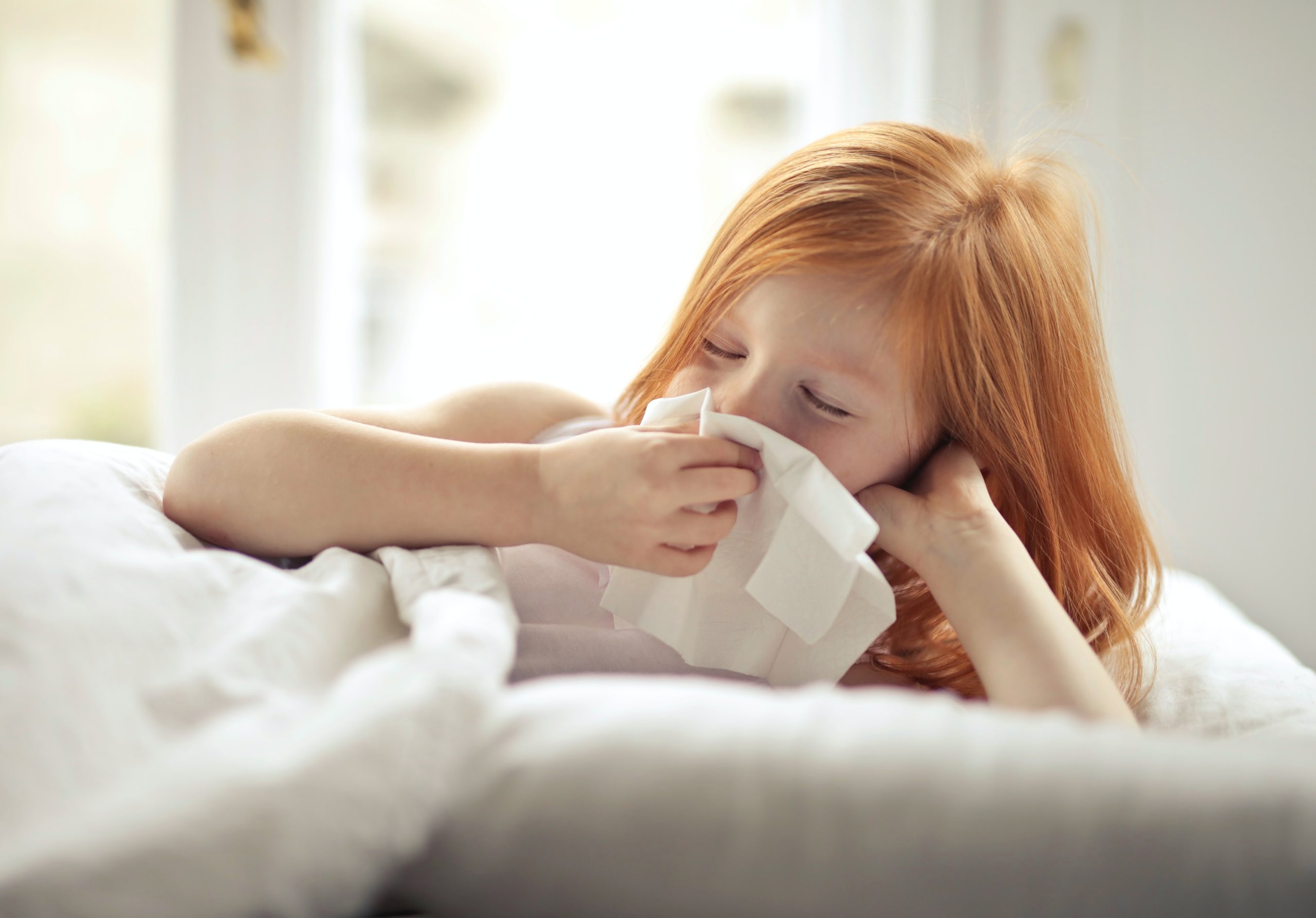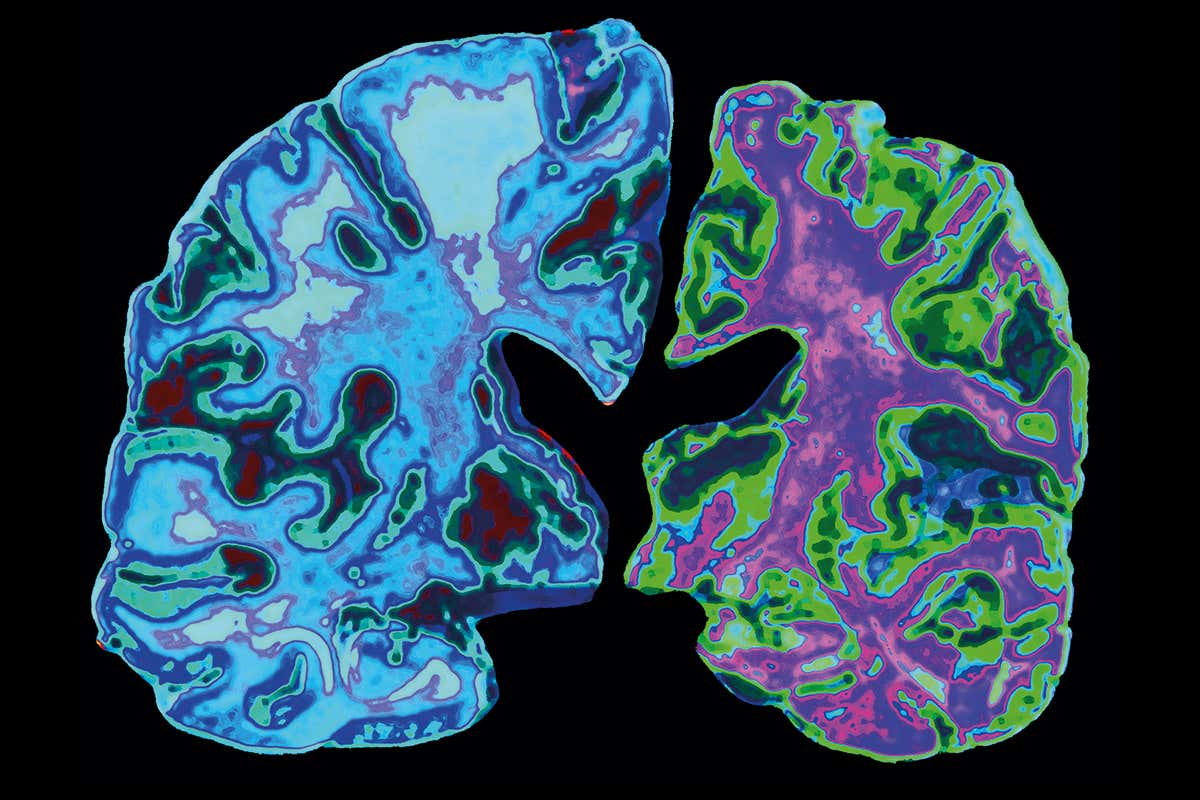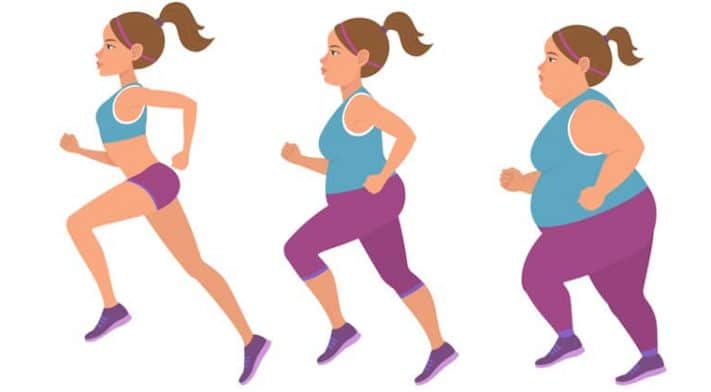With every passing day, the stats of COVID-19 affected people are reaching new heights. The facilities are becoming overburdened and one may find themselves in a situation where a coronavirus patient has to be taken care of at home. These situations may arise in the form of someone recently tested and awaiting results, someone showing signs of having coronavirus, or even someone already tested positive but healthy otherwise.
There are plenty of questions someone in charge of the basic health care of a patient might have. The first step is to implement physical distancing while giving care at home.
Make sure the person being cared for isolates himself or herself. It includes halting all outdoor activities, exercise, and meeting other individuals even with masks and gloves.
The only permissible case is going out for medical care, but that if that too has an alternative, the latter must be practiced.
While the person is isolating at home, it is important to ensure that physical distancing with other members of the household is also being practiced. Provide the sick person with a separate bed, utensils, and any other daily use items that are otherwise shared by the household. The idea is to minimize any common contact surfaces between healthy and affected individuals.
Wear a mask and gloves while dealing with a sick person. It is much more important for the affected person to wear a mask as well. This reduces the chance of the virus particles to fly off with coughs and sneezes, potentially contaminating the nearby surfaces, or worse infecting a close-by individual. However, if a person is unable to move or remove the mask themselves, it is advised to supervise them while they are wearing one to avoid any breathing problems.
Read here to learn the best safe practicing while removing used masks and gloves and how to timely and properly dispose of them.
Also read: New Data Reveals that Coronavirus is Slowly Stepping Towards Africa
Help the person with the prescribed medicines, administer them regularly. Advise them to take plenty of rest and increased intake of fluids.
If there are any pets in the house, they should be carefully kept away from the sick person. There are rare cases that have been recorded where pets have transmitted the virus. Since pets may not express any signs of illness, it can be tricky to know whether a pet has been infected.
Observe good hygiene while running errands. If and wherever possible, opt for home deliveries so as to avoid crowded places. Reduce any chance of bringing a sick person being taken care of at home in contact with someone or something arriving from outdoors.
Unwashed hands are the direct cause of the virus entering the human body, through eyes, nose, or throat.
Learn the best way to wash your hands properly to keep yourself and other family members safe while caring for a sick person.
While doing the laundry (clothes, bedsheets, etc) for the sick person, use the highest temperature of water possible. Afterward, wash hands properly even if laundry gloves were used.
All high-touch surfaces in the house should be washed daily with a good disinfecting surface cleaner. These may include, but not limited to, door handles, appliance handles, switches, remote controls, countertops, toys, cell phones, staircase railings etc.
As much as the physical being of the sick person is critical, their emotional wellbeing should also be well catered for.
Also read: Sunlight May Actually Increase Coronavirus Infection Rate
A time of complete isolation comes with overwhelming feelings of loneliness. However, it is possible to keep the sick person entertained while they are recovering at home, without risking anyone else’s safety.
Frequent video or group calls with other loved ones, online games, and puzzles, or any other apps that the sick person may enjoy should be encouraged.
Monitor the sick person’s symptoms closely. Observe any increase in illness and report to their primary care physician right away (keep their cell phone number saved on top at all times to avoid inconvenience).
Meanwhile, it can be useful to get updates from the CDC on COVID-19.


